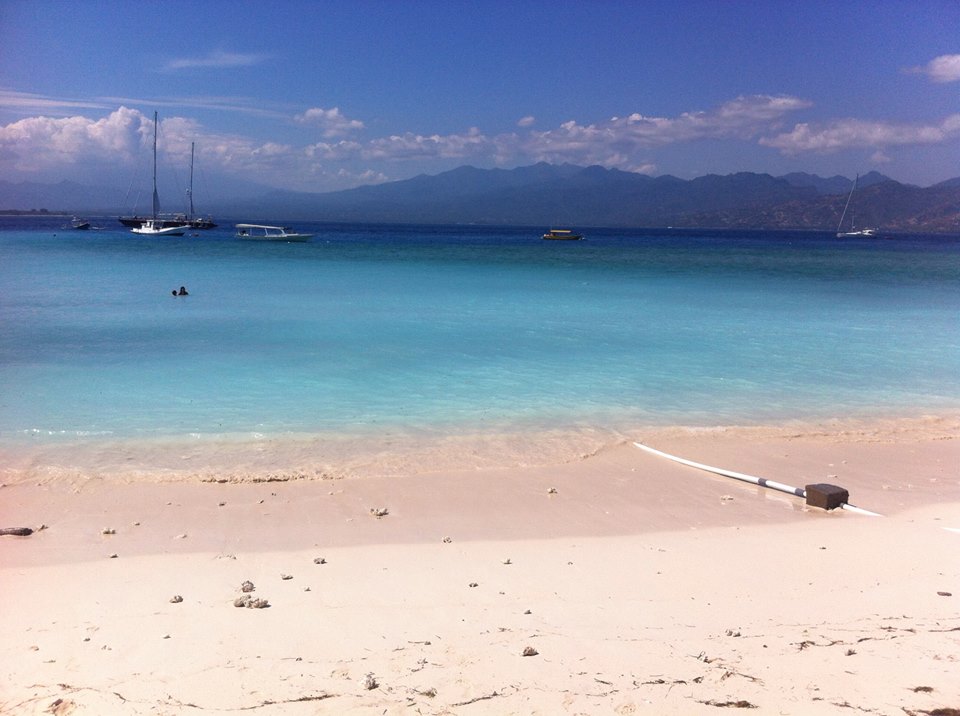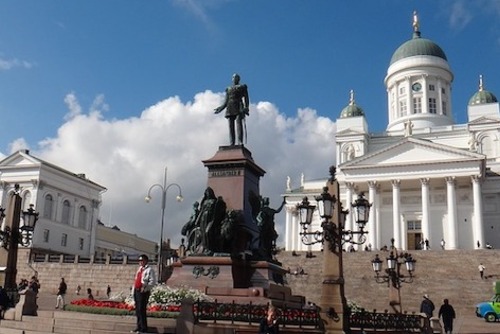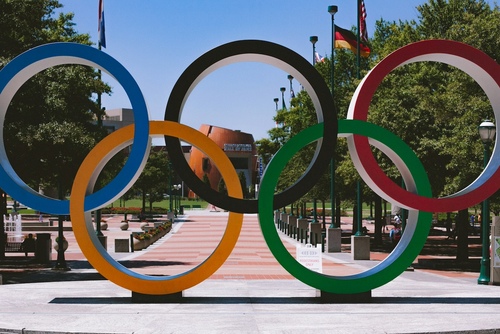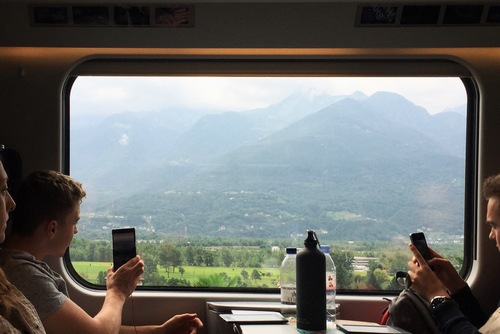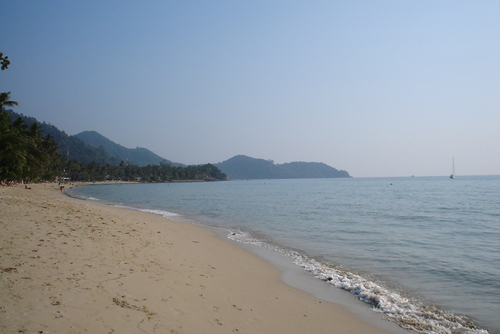Europe
This is of course great news for almost two-thirds of UK holidaymakers who are this year likely to jet off to Western Europe, if last year’s passenger journeys are anything to go by. According to the BDRC Continental Holidays Report, 60% of travellers went on trips to the western continent and the Mediterranean last year alone.
This makes the weakening of the Euro good news for the majority of families looking at our most popular European destinations: Spain, France, Italy, Greece, Portugal and Turkey.
One significant exception is Switzerland which is outside of the Eurozone and where the Swiss Franc remains strong. In fact their currency has soared since January 2015, when the country’s central bank abandoned the cap designed to keep it in line with the Euro, causing the British pound to fall 17% against the Swiss Franc.
So if you are booked on a ski break to Verbier your £500 is now worth almost £80 less meaning bad news for tourism in a country that already struggles with a reputation for being expensive.
Uncertainty in Greece following the country’s recent elections is one reason why the Euro has slumped to a seven year low, with £1 now worth €1.35.
Or to put it another way £500 now buys €677 – around €50 more than it did this time last year.
Scandinavia
However, it’s great news for people pining after the fjords and northern lights of Scandinavia.
The Norwegian Krone fell 15.1% and the Swedish Krona 13.0% against the pound. Normally a pricey alternative, this year could be a good year to tick either or both off your bucket list. And the same goes for even more far flung destinations.
If you choose the right destination you can potentially save a fortune. A survey from Post Office Travel Money, compared a wide range of destinations based on the cost of a basket of eight items, including a three-course meal for two, a bottle of beer and a cup of coffee.
The contrast between the cheapest and most expensive countries is quite surprising. The Czech capital Prague was the most affordable, with the basket coming to £35. The Algarve in Portugal was close behind at £36, with Spain’s Costa del Sol at £37
Worldwide
The Japanese Yen, Mexican Peso and Brazilian Real all fell against the Stirling, making these desirable destinations much more affordable.
In Bali a typical basket costs in Indonesia at £38. At the other end of the specturm the same basket of goods would set you back £127 in Auckland New Zealand, £144 in Dubai and £150 in Singapore.
The BDRC report also suggested that canny holidaymakers are leaving it later to book their journeys, as they wait to see if prices will fall further and they can get any last minute bargains. A more certain way to save money is by purchasing your travel and accommodation separately – booking direct enables you to fully capitalise on the disparity in exchange rates, helping your money go further.
It’s also worth remembering that when you travel in Europe you can enjoy reduced cost or even free healthcare if you have a European Health Insurance Card (EHIC). You can apply for one online or by completing a form from your local Post Office.
So, while two out of five UK travellers say that they tend to go to countries they have already been to, next year looks like a good year to try something new. With the prices of many destinations being great value even with the current low valued pound, it would be a shame not to seize the opportunity to cross some more countries off your bucket list.
* Please note this article might be subject to change depending on the economic climate at the time of reading.
Related Pages

